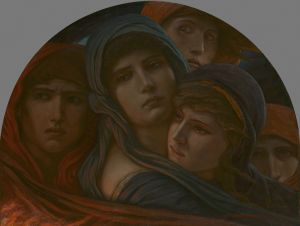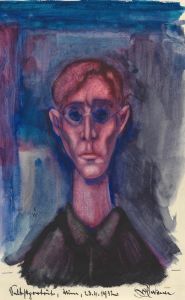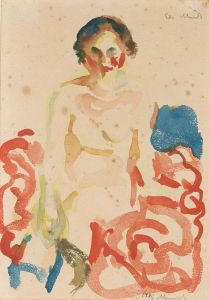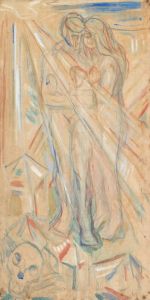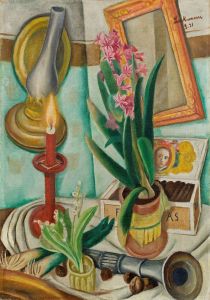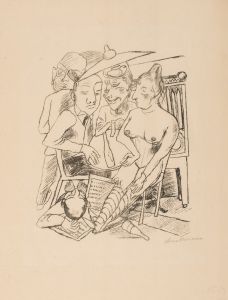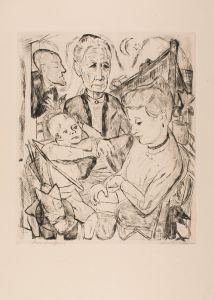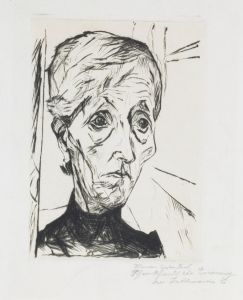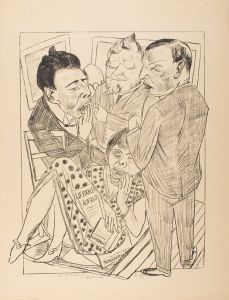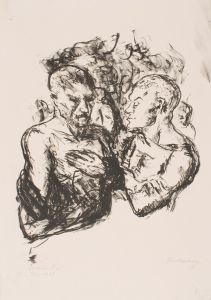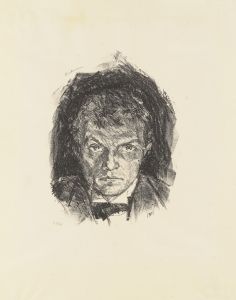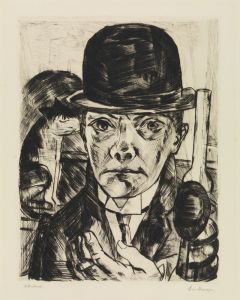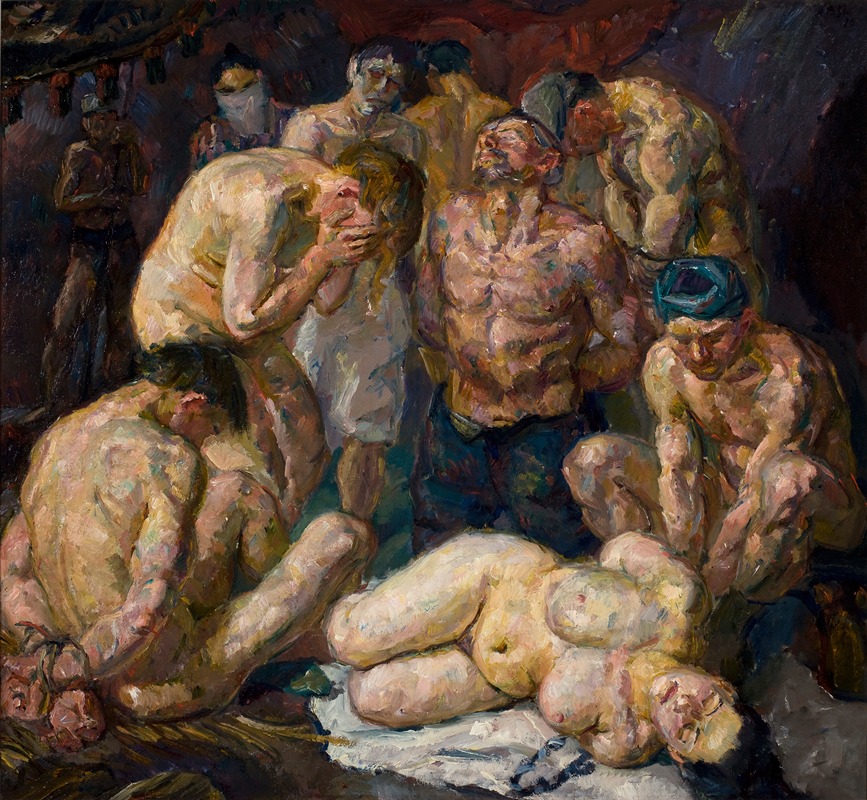
The Prisoners
A hand-painted replica of Max Beckmann’s masterpiece The Prisoners, meticulously crafted by professional artists to capture the true essence of the original. Each piece is created with museum-quality canvas and rare mineral pigments, carefully painted by experienced artists with delicate brushstrokes and rich, layered colors to perfectly recreate the texture of the original artwork. Unlike machine-printed reproductions, this hand-painted version brings the painting to life, infused with the artist’s emotions and skill in every stroke. Whether for personal collection or home decoration, it instantly elevates the artistic atmosphere of any space.
Max Beckmann, a prominent German painter, created "The Prisoners" in 1949. This artwork is a significant piece within Beckmann's oeuvre, reflecting his distinctive style and the historical context of the time. Beckmann, known for his expressionist works, often infused his paintings with complex symbolism and a deep exploration of the human condition, influenced by the tumultuous events of the early to mid-20th century.
"The Prisoners" was painted during a period when Beckmann was living in the United States, having fled Europe due to the rise of the Nazi regime and the outbreak of World War II. This period of exile and the experiences of war and displacement profoundly impacted his work, leading to themes of confinement, existential struggle, and the search for identity.
In "The Prisoners," Beckmann employs his characteristic bold lines and vivid colors to depict a scene that is both haunting and thought-provoking. The painting features a group of figures that appear to be confined within a space, evoking a sense of entrapment and isolation. The figures are rendered in a manner that suggests both physical and psychological imprisonment, a theme that resonates with Beckmann's own experiences and the broader historical context of post-war Europe.
The composition of "The Prisoners" is marked by Beckmann's use of space and form to convey tension and unease. The figures are tightly packed within the frame, their expressions and postures suggesting a range of emotions from despair to defiance. This arrangement not only emphasizes the theme of confinement but also invites viewers to reflect on the nature of freedom and the human spirit's resilience in the face of adversity.
Beckmann's use of color in "The Prisoners" is particularly noteworthy. He employs a palette that is both vibrant and somber, with contrasting hues that enhance the emotional impact of the scene. The interplay of light and shadow further adds to the painting's dramatic effect, highlighting the figures' features and the oppressive atmosphere of their surroundings.
"The Prisoners" can be seen as a reflection of Beckmann's personal experiences and his response to the broader socio-political climate of the time. It is a poignant reminder of the impact of war and totalitarianism on individuals and societies, capturing the essence of human suffering and resilience. Beckmann's ability to convey complex themes through his art has cemented his status as one of the leading figures of 20th-century expressionism.
Today, "The Prisoners" is recognized as an important work within Beckmann's body of art, illustrating his mastery of form and his commitment to exploring profound themes through his paintings. It continues to be studied and appreciated for its artistic and historical significance, offering insight into the mind of an artist who witnessed and responded to some of the most challenging events of his time.





